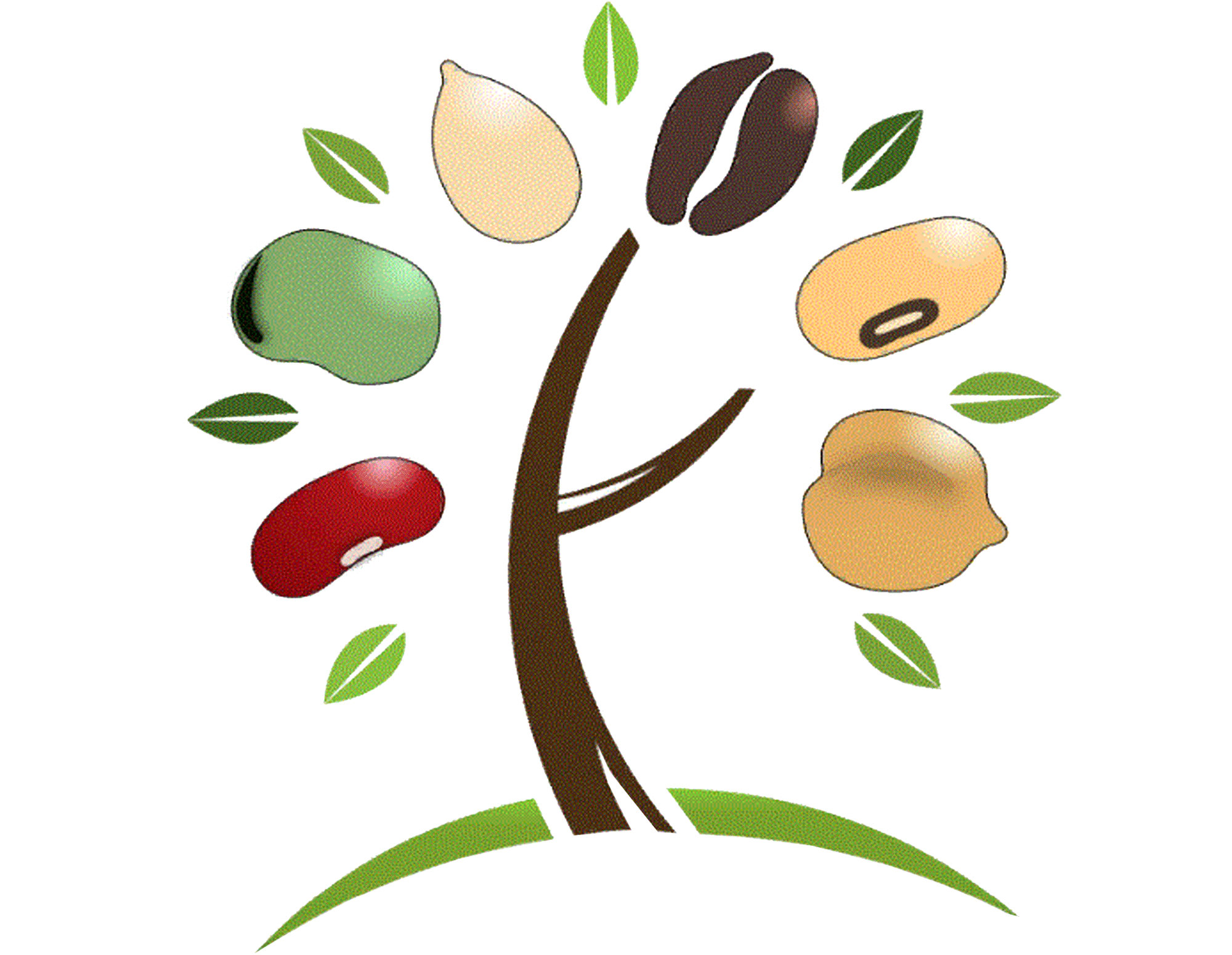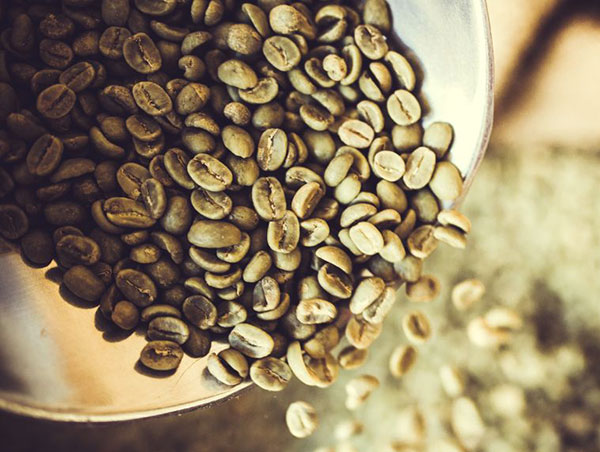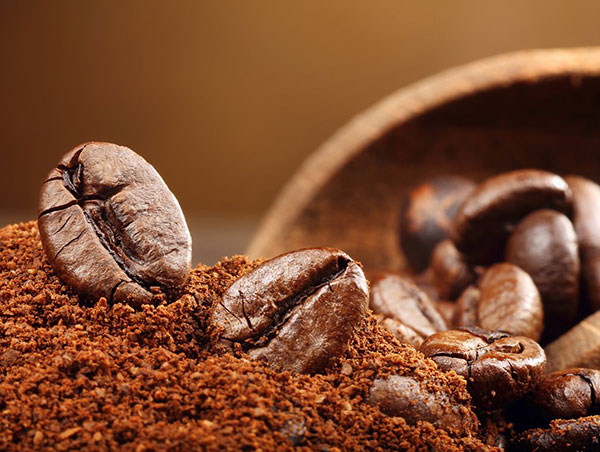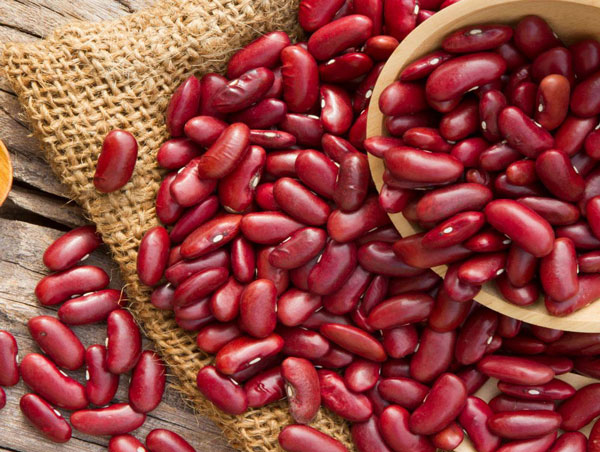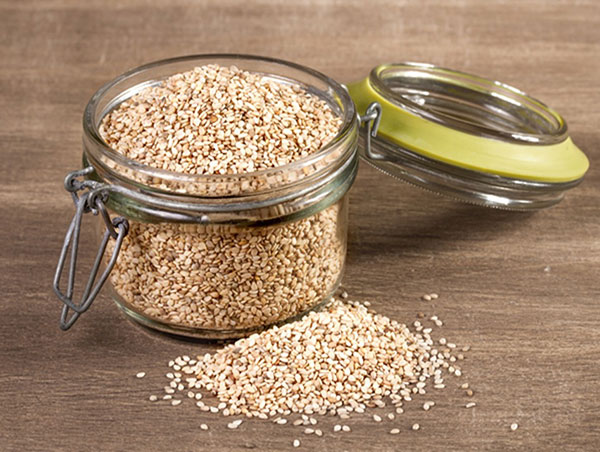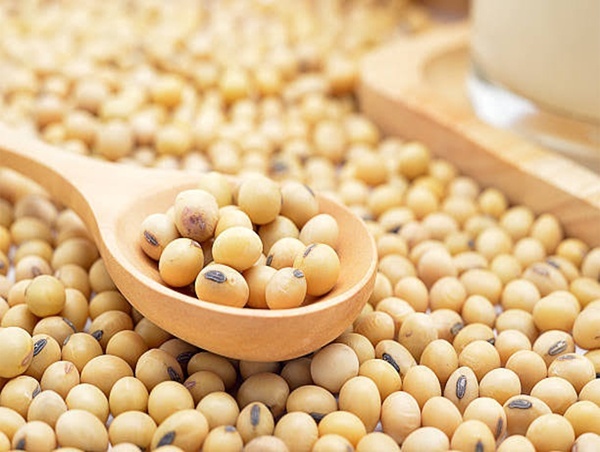- Home
- /
- Roastery
Roasting

Ethiopia has over 10 000 bean varieties, the best ones being the crusty and citrusy Sidamo, vivid and floral Yirgacheffe, strong and heavy-bodied Harrar, almond-flavoured and delicate Lekempt, and the tropical, silk-bodied Jima.
Moreover, the high density, difference in bean sizes, and vast ranges make them tricky to manipulate while roasting without losing their soft and nuanced flavours. Learning the perfect roasting amount is a bit of a challenge but once mastered, will give you perfection in a cup.
It is known that Ethiopia produces some of the world’s best Arabica, if not the best. Here is the step by step explanation on how to roast these unique coffee beans.
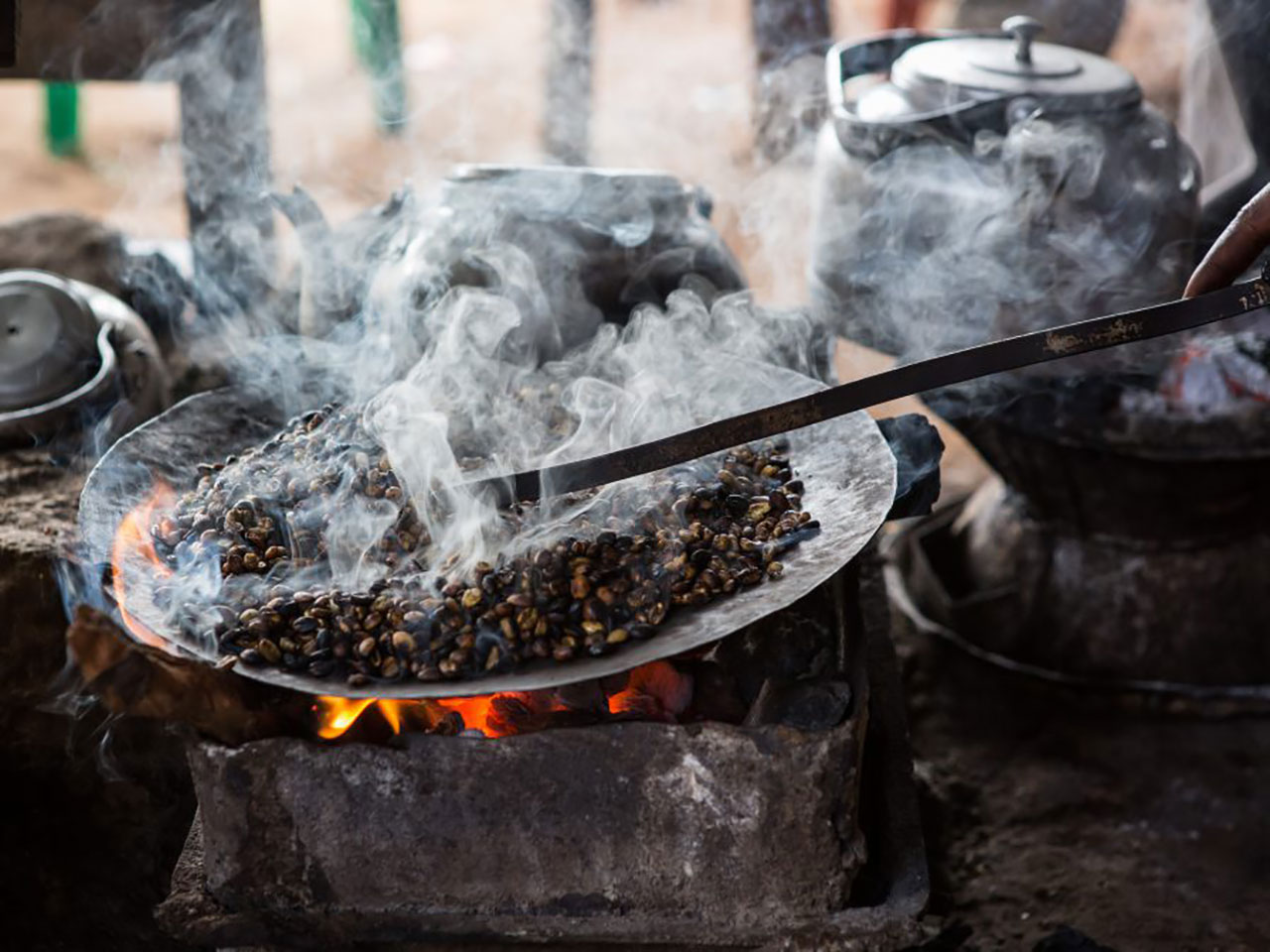
How To Roast
Since there are so many bean variations, there are adjustments to make. One must first analyse the bean and see the type it is and roast accordingly. The main characteristic to look at in order to choose the roasting amount (i.e. temperature and roasting time) is the density of the bean.
The Golden Ratio:
- One to two tablespoons of ground coffee for every 180 mlof water.
- For whole beans, always grind your coffee as close to thebrew time as possible for maximum freshness.
- For optimal extraction, brew between 90-96°C.
Roasting Process
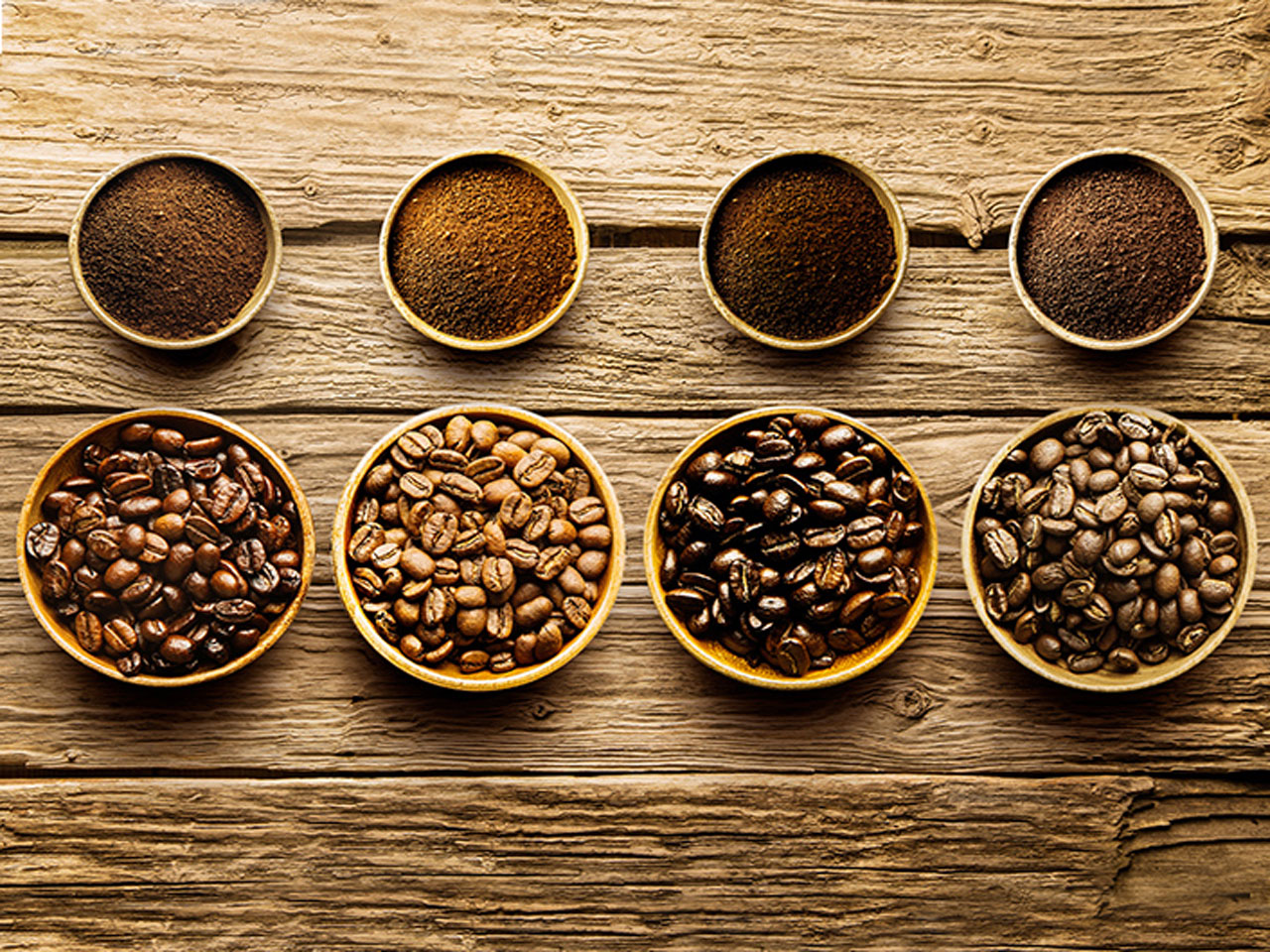
Temperature and Roasting Time
When roasting, it is important to constantly monitor the beans as you increase the temperature to bring out the best flavours. A light roast will let the beans’ flavours and acidity shine.
To be able to manoeuvre around these variables and keep its unique and subtle flavours, it is recommended to slowly increase the roasting temperature during the first crack for washed and natural beans. Natural beans tend to darken faster than washed beans.
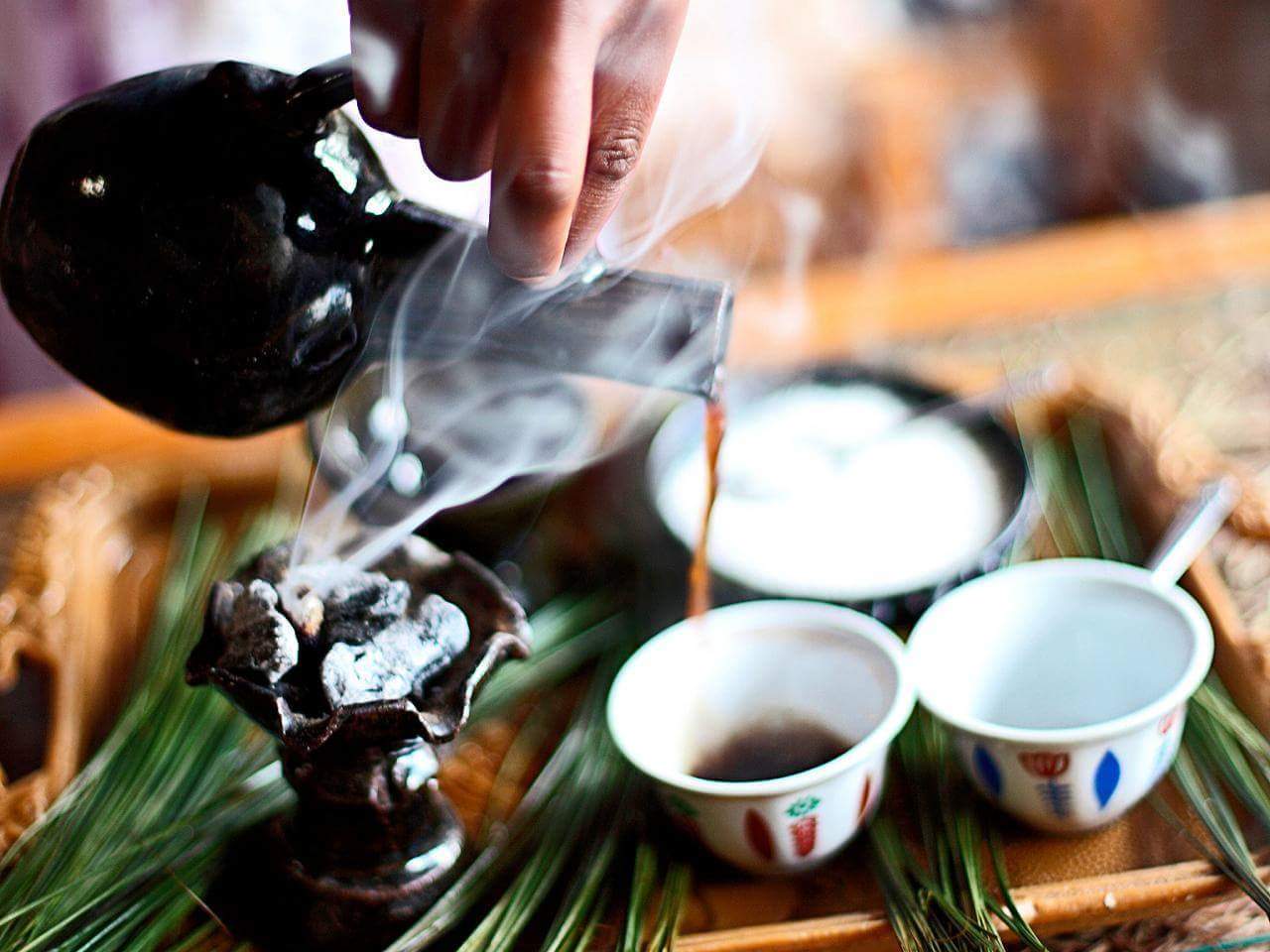
Ethiopian Style Coffee
The coffee ceremony was first practiced in Ethiopia. There is a routine of serving coffee daily, mainly for the purpose of getting together with relatives, neighbours, or other visitors. If coffee is politely declined, then tea will most likely be served.
The ceremony is usually done by the woman of the household and is considered an honour. The coffee is initially brewed by roasting the green coffee beans over an open flame in a pan. Then the roasted beans are place in this wooden mortar to be ground manually. The ground coffee is then put into a jebena with water over a flame to slowly boil it. The coffee is then put through sieve multiple times.
Our Brand
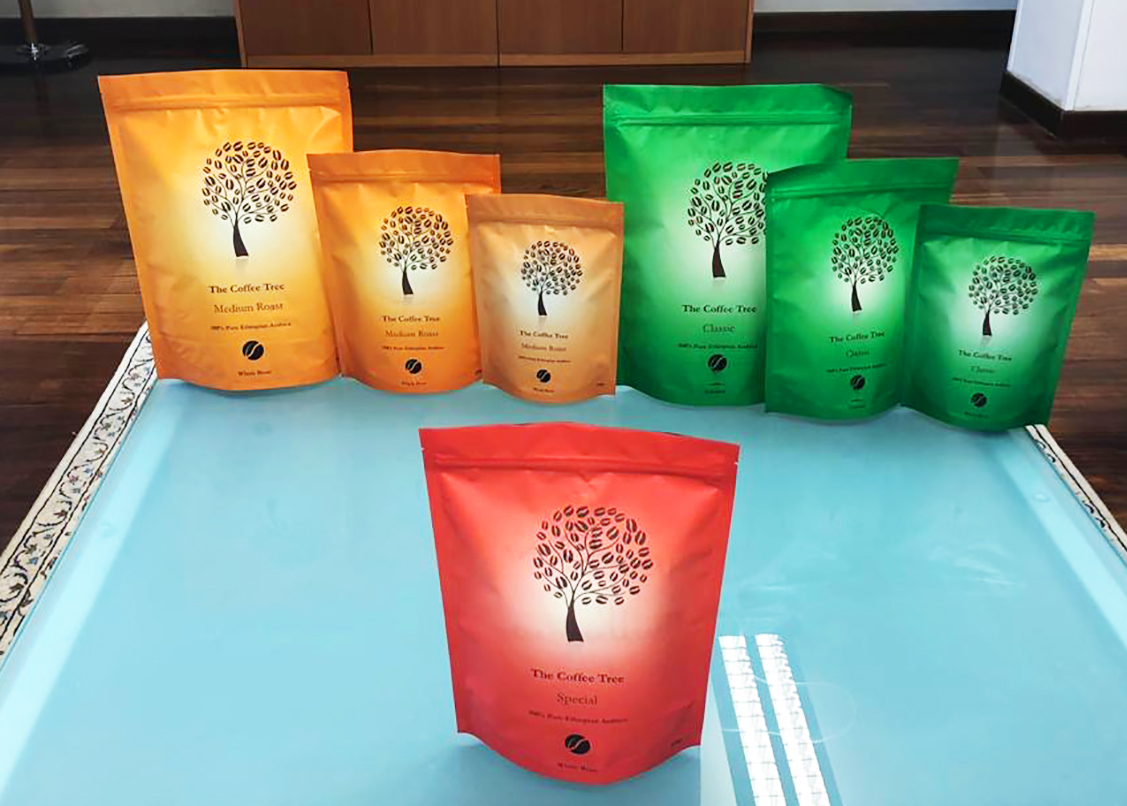
-
Fair Trade Coffee
Farming is the single largest employer in the world and the largest source of income and jobs for low income rural households. FairTrade works to share the benefits of trade more equally. We believe in a future where trade works to benefit all.
-
Patiently Dried
Post-Harvest processing is arguably the most important phase before roasting coffee beans. It’s all about getting to a stable moisture content. Although mechanical dryers are able to complete the process within a day, it is important to allow the bean “resting” periods during its drying stages, limiting fading of the flavours. Our Coffee can take up to 25 days to dry at high altitudes resulting in a stable bean for best results!
-
Handpicked Beans
Selective handpicking is essential to get the best quality coffee, as pickers only pick the ripe cherries. Under or over- ripe cherries will add unpleasant notes to the cup. Choosing only ripe cherries will ensure richer, more enhanced flavours in your coffee.
-
Slow Roasted
Raw coffee beans contain fats and proteins. When the beans get roasted, these turn into oil, and flavour. By giving the beans a slow and precise roast, it allows for a better development of the oils where the flavour is preserved. We never want to have a burnt or bitter flavour in our coffee, even in our darkest roasts.
